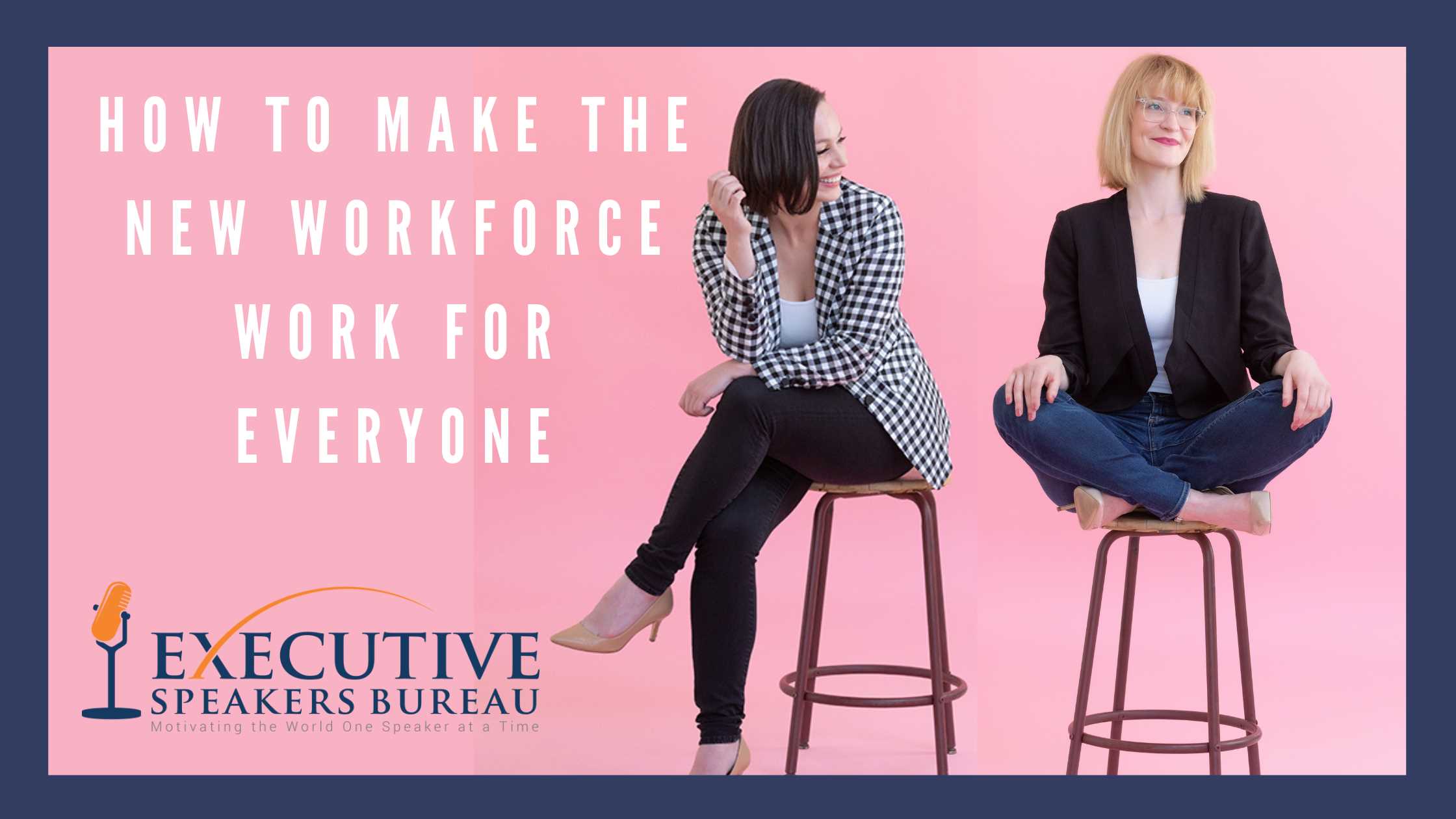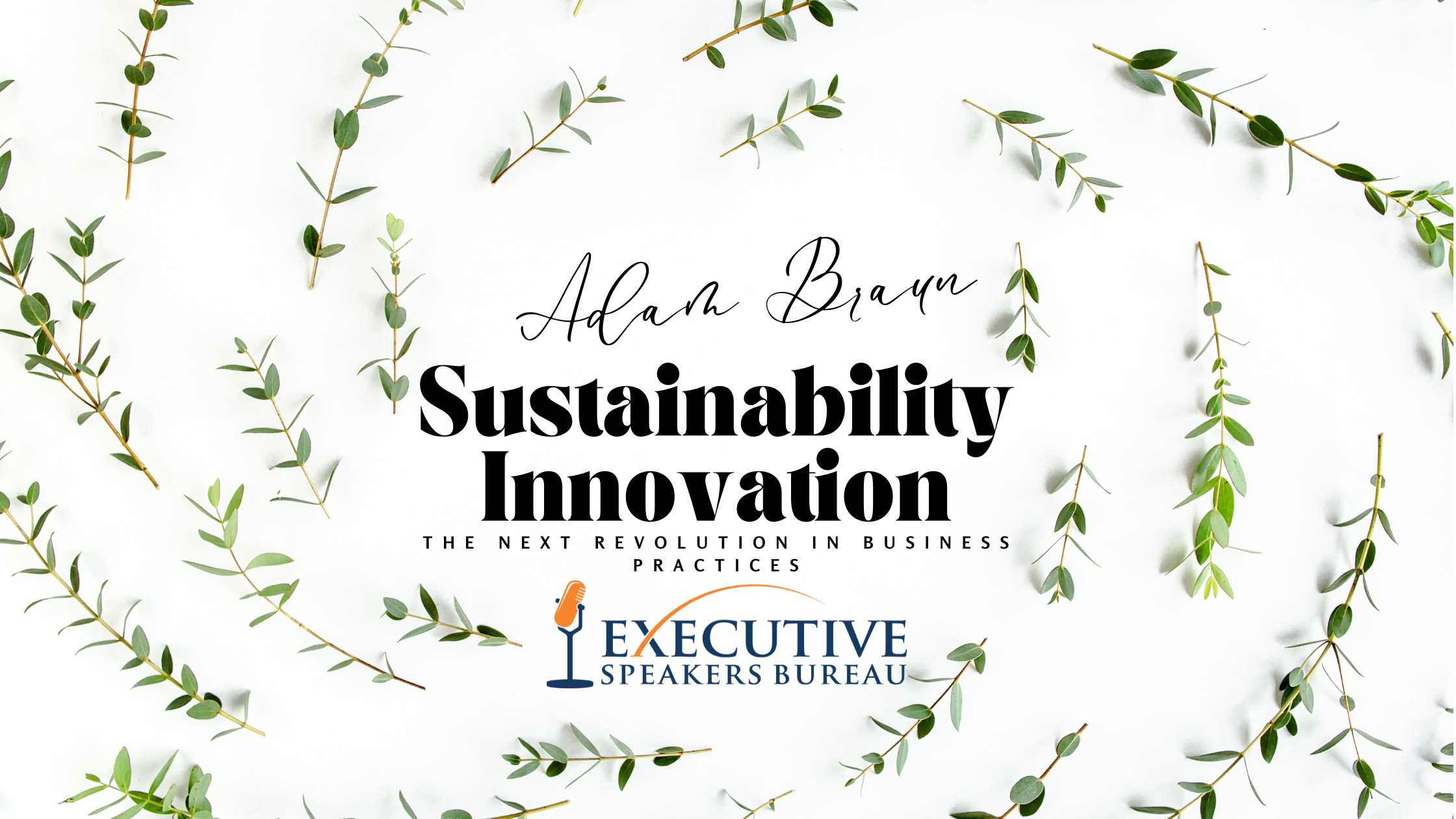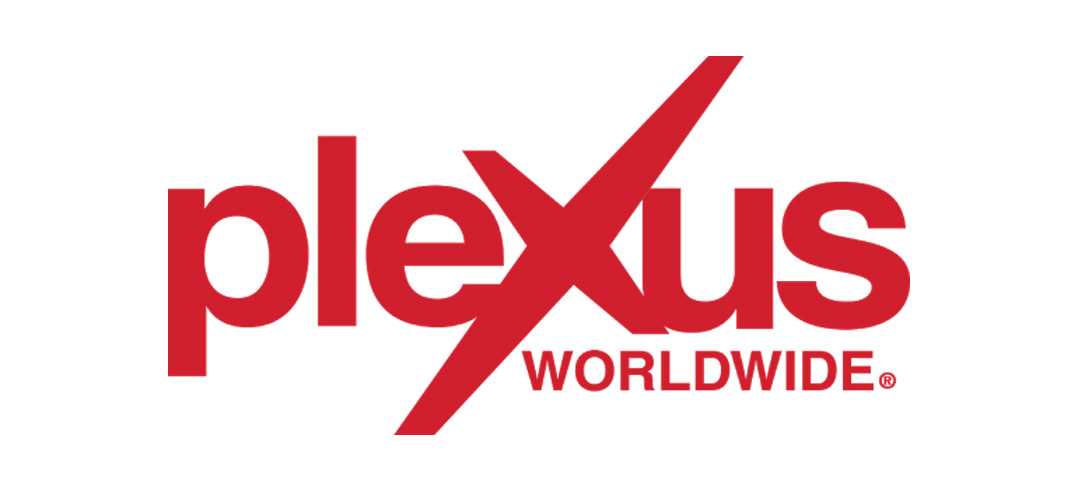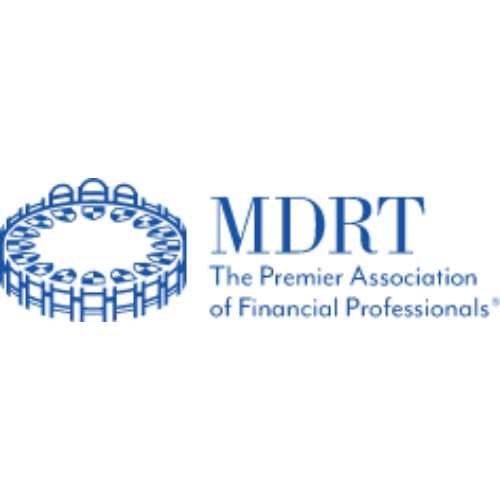
The biggest question of 2022 is “Where am I going to work from?” As industry leaders like Facebook, Google, and Salesforce begin to take their stances in the work-from-home versus in-person debate, other companies are feeling the pressure to make a decision.
While Facebook and Google are insisting on a fully vaccinated, in-person office space, Salesforce is falling on the other end of the spectrum and allowing its employees to not only work remotely but also test out a four-day workweek. There are precedents being set by our global leaders for both sides of the debate, making it even more difficult to know what will work best for your company and your employees.
Hannah Ubl and Lisa Walden, Co-Founders of Good Company Consulting and experts on company culture, say there is no one-size-fits-all approach to navigating the post-pandemic workforce. Each company will have its own needs and wants, and finding a solution that works best for them will take some corporate soul searching.
After working with numerous organizations to help them find their perfect workplace fit, Ubl and Walden have laid out some foundational steps to guide companies in making this pivotal decision.
Get to the WHY.
Before even entering into an open conversation about the return to in-person work (or not), almost all of us already have preconceived feelings about which we would prefer for ourselves. When we sit down to discuss whether our teams should or should not return to an office setting it is important to first understand why we feel the way we do.
Walden says a big portion of the talks she has with executives who are making this decision revolve around getting to the bottom of their “why.” Some leaders say they need to hear the buzz of an office to feel secure in the notion that things are getting done, others want to be accessible and available to their staff as much as possible, and some need to see butts in seats from nine to five every day.
Conversely, executives have also made the decision not to return based on the cost of rent for office space, the wider talent pool offered by remote working, and the hope for a better work/life integration.
Getting to the “why” behind their reasoning will help everyone address the large issues for teams and leadership. While there is no wrong answer to the question “why?” Walden and Ubl say sometimes there is a disconnect between executives' reasoning and the reality of their company. Almost across the board the companies they have worked with have seen a profitable year with higher productivity than past years. So, when leadership says they want to see their staff working with their own eyes to believe it’s true, it’s time to question why, as a leader, you need that...especially when the proof is in the profits.
Once you and your decision-making team fully understand and believe in the “why” behind the best-fitting choice for your company, it’s time to communicate it effectively.
Set expectations and hold boundaries.
Ubl say the key to making whatever transition you choose is to set expectations accordingly. Do this by communicating clearly not only why and how you made your decision, but also the nitty-gritty details.
If you want everyone to come back into the office, provide them with a date, give them your expectations for the in-office dress code vs. what was expected over Zoom. If you choose a hybrid office, make sure they know when they are expected in the office, what meetings they need to be present for, and how desk sharing will be set up. Explain how you will honor or restructure the work/life integration that becomes part of their remote office.
Walden stresses the need to address boundaries when it comes to work/life integration in whatever new office format you choose. If in-person working was decided on, then you should communicate that although we now have the capability to work from home, all work should be done in the office. Leaders must be very wary of work bleeding into home life even after your team has transitioned back to in-person working. A line needs to be drawn to protect your team's mental health and overall productivity.
And the best way to set these expectations is to set an example. Ubl says these ideas can’t just be words. Your team needs to see you respecting your own mental health in order to feel like they have the grace to respect theirs.
Many executives were taught to work the hardest and never step away from your post since they are leading their troops. However, if you want to get the best from your employees, you need to prioritize their mental health. And the only way to make them truly believe you are doing this is to show them you prioritize your own mental health.
When you’re too stressed out, take a day for yourself and call it a mental health day. When you go on vacation, do not check your emails and actually use your out-of-office autoresponder. Respect the boundaries you set for yourself and the boundaries others set.
Continue to check-in.
When you layout your future plans for a post-pandemic workforce be sure to communicate this is a trial run. Your company has never dealt with something like this before and everyone is learning as we go, so ask your team upfront for some grace. Whatever you choose, treat it as an experiment. Constantly monitor its progress and how everyone is adapting to the new situation.
Most importantly, check in with your team often. During the pandemic and the remote working situations leadership got really good at checking in. Maybe it was the distance of virtual working or an understanding of the added stress caused by the pandemic, but whatever it was executives began to communicate more about mental health and emotions.
Ubl and Walden stress how important it is not to lose this trait. As leaders, you should be concerned with the wellbeing of your team and this is only heightened with the changes to the workforce. Check-in with your people and listen when they tell you something is too much or it's not working. Allow them the space to speak up and be heard.
As leaders, now is your time to carry the team, make big decisions, and be the advocate your staff need. This next stage of the pandemic and the transition into a new workforce may feel like a heavy burden, but with the right guidance, it can bring your company into the future of work and its next chapter of success.
Recent Posts








Sign up for our Email Newsletter
Testimonials

Need Suggestions? Have Questions?
Call to discuss how we can you help find the right speaker(s) for your organization.
© 2024 Executive Speakers Bureau. All Rights Reserved.
Design and Developed by eBiz Solutions
Get Ideas in 1 hour or less
Executive Speakers Bureau consistently receives praises about our speed and efficiency. From the beginning of your event planning, our extensive online speaker database and resourceful staff allow us to quickly equip you with the best speaker for your event.
Need a last minute speaker? No worries. Our speed and efficiency help us give you ideas for speakers in one hour or less.

 Jessica Welch
Jessica Welch












Comments
Leave a Comment